Ski bindings play a key role in both safety and performance. Here's a quick breakdown of the main types and their uses:
- Alpine Bindings: Best for downhill skiing on groomed slopes. They provide stability, precise control, and include safety features like DIN-certified release systems.
- Touring Bindings: Ideal for backcountry skiing. Lightweight with free-heel movement for uphill climbs, but require specific boots.
- Hybrid Bindings: Versatile for both resort and backcountry skiing. Combine features of alpine and touring bindings but are heavier and more complex.
- Snowfeet Bindings: Simplified, non-release system for short skis. Works with regular winter boots and is easy to adjust at home.
Quick Comparison
| Binding Type | Weight | Safety Release | Terrain Versatility | Boot Compatibility | Maintenance |
|---|---|---|---|---|---|
| Alpine Bindings | Heavier | DIN-certified | Groomed slopes | Alpine boots only | Professional tuning |
| Touring Bindings | Lighter | Limited release | Backcountry and resorts | AT-specific boots | Professional tuning |
| Hybrid Bindings | Moderate | DIN-certified | All-mountain use | AT and alpine boots | Professional tuning |
| Snowfeet Bindings | Ultralight | Non-release | Mixed terrain | Regular winter footwear | Home-adjustable |
Choose the right bindings based on your skiing style:
- Resort skiing: Alpine bindings for control and stability.
- Backcountry skiing: Touring bindings for uphill mobility.
- Mixed terrain: Hybrid bindings for versatility.
- Short skis: Snowfeet bindings for simplicity.
Bindings are crucial for safety and performance. Match them to your skiing needs for the best experience.
1. Alpine Ski Bindings
Functionality
Alpine ski bindings are designed to keep your boots securely attached to your skis, giving you better control on the slopes. They use toe and heel pieces to provide stability and include features like ski brakes to stop runaway skis and anti-friction devices for smoother releases. According to REI experts:
"Bindings are the performance link between your boots and your skis. For your safety, they release you from the ski when pressure exerted on them exceeds their release settings."
Compatibility
Modern alpine bindings are built to match specific boot types and ski dimensions. Major brands like Rossignol, Atomic, and Head offer integrated ski and binding systems, making it easier to choose the right setup. When selecting bindings, keep these factors in mind:
| Factor | Importance | Consideration |
|---|---|---|
| Boot Sole Type | Critical | Must align with binding specifications |
| DIN Range | Safety | Depends on height, weight, age, and skill |
| Adjustment Range | Practical | Determines compatibility with boot sizes |
| Mounting Position | Performance | Affects ski handling and control |
In addition to compatibility, bindings need to withstand tough conditions for consistent performance.
Durability
Alpine bindings are built to handle the demands of downhill skiing. To keep them in top shape, have them inspected annually by a certified technician. This includes checking DIN settings and wear before the season starts. These sturdy designs perform well on both groomed trails and more challenging terrain.
Suitability for Skiing Styles
Alpine bindings are best suited for downhill and resort skiing on groomed slopes. The Snowfeet Team highlights:
"Alpine ski bindings are suitable for skiing on groomed slopes and provide excellent control and stability."
Thanks to their secure boot attachment and precise release systems, these bindings offer excellent control during sharp turns. The fixed-heel design ensures stability, especially during high-speed descents and aggressive maneuvers.
2. Backcountry Touring Bindings
Functionality
Backcountry touring bindings are designed to handle both uphill climbs and downhill runs. Switchback Travel explains:
"Many AT (alpine touring) bindings prioritize travel and uphill performance by keeping weight low and allowing a more natural stride in tour mode."
There are three main types of backcountry touring bindings, each with its own strengths:
| Binding Type | Weight | Uphill Performance | Downhill Performance |
|---|---|---|---|
| Tech Bindings | Lightweight | Excellent | Good |
| Frame Bindings | Heavier | Good | Excellent |
| Hybrid Bindings | Moderate | Very Good | Very Good |
Compatibility
To get the best performance, make sure your touring bindings are compatible with your boots. Tech bindings require boots with metal inserts (tech fittings) for a secure connection, while frame bindings work with both alpine and touring boots. Always check the compatibility details of your boots and bindings to ensure they match. This step is key to making your backcountry setup work seamlessly.
Suitability for Skiing Styles
Once compatibility is sorted, think about how these bindings suit your skiing approach. Tech bindings are great for efficient climbing with their lightweight metal prongs. Frame bindings, with a pivoting heel, offer easier ascents and solid stability on descents. Hybrid bindings blend the benefits of both, giving you a mix of versatility and performance.
3. Multi-Purpose Hybrid Bindings
Functionality
Hybrid bindings combine features from alpine and touring bindings, allowing them to perform in both resort and backcountry settings. This makes them a versatile choice for skiers who want flexibility.
Compatibility
These bindings come with a more intricate design that includes enhanced safety features. However, the added complexity can also impact how long the bindings last, depending on usage and maintenance.
Durability
While hybrid bindings offer advanced features, their mechanical complexity can affect their long-term reliability when compared to standard alpine bindings.
Suitability for Skiing Styles
Hybrid bindings are ideal for skiers who mix resort skiing with occasional backcountry adventures. They work well for advanced-intermediate to expert skiers looking for a single binding to handle different terrains. These bindings provide strong downhill performance with uphill capabilities, though they tend to be heavier than pin touring bindings.
sbb-itb-17ade95
4. Snowfeet Binding System
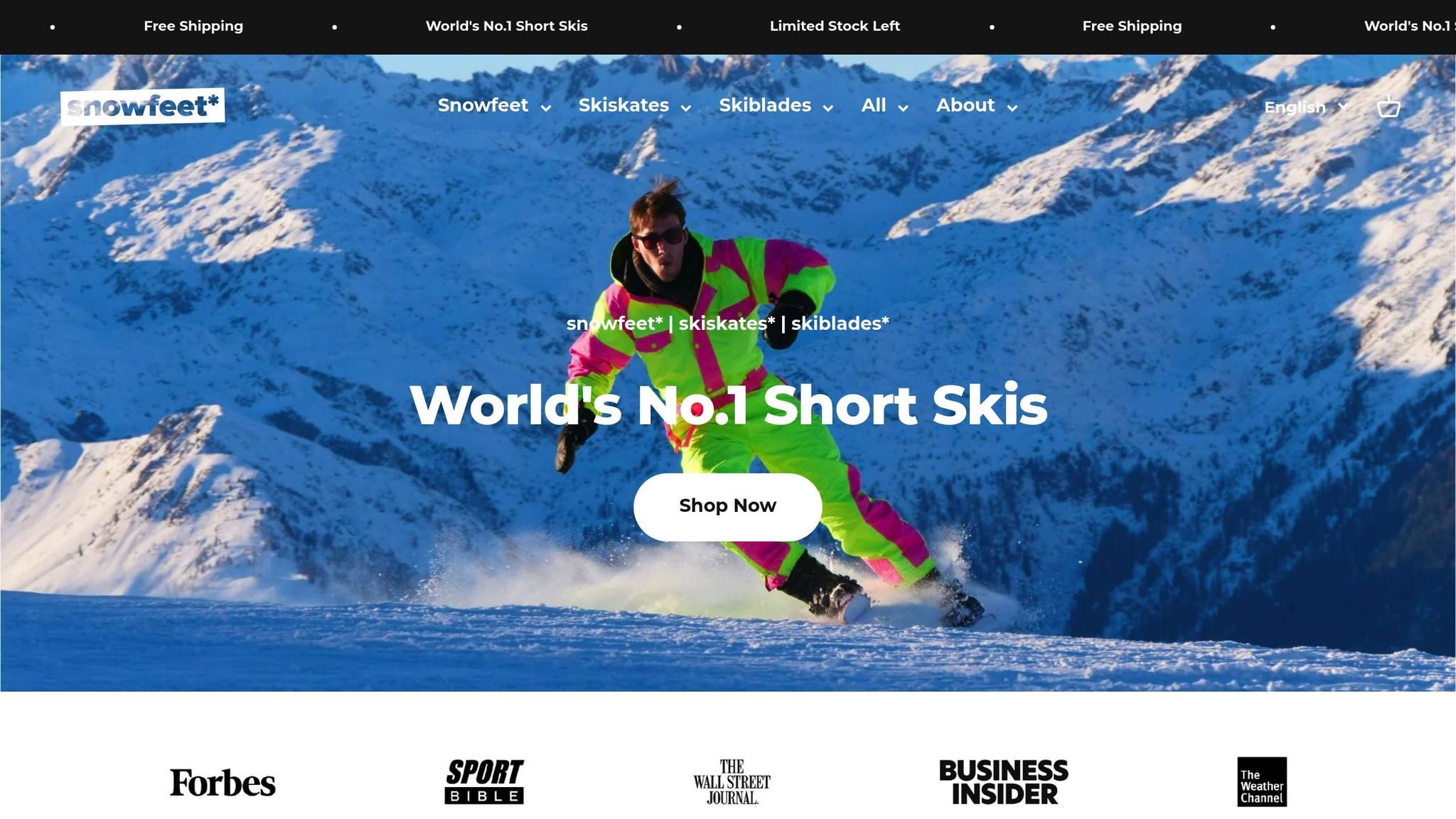
How It Works
Snowfeet offers a simplified alternative to traditional alpine and touring bindings. Their system uses non-release bindings mounted directly to the skis. This setup keeps your feet securely in place, is budget-friendly, and can be adjusted at home with just a screwdriver.
Product Compatibility
Snowfeet's binding system is designed to work across various models in their lineup. Here's a quick comparison:
| Product Model | Length | Binding Type |
|---|---|---|
| Skiskates | 44 cm | Snowboard-like |
| Snowfeet Basic | 38 cm | Non-release |
| Snowfeet PRO | 50 cm | Non-release |
| Snowfeet Short Skis | 120 cm | Non-release |
| Snowfeet POWDER | 99 cm | Non-release |
Built to Last
With its straightforward design, the Snowfeet binding system avoids unnecessary complications. This simplicity not only makes it easier to maintain but also boosts its durability over time.
Best Uses for Different Skiing Styles
Unlike traditional bindings, Snowfeet's system is designed to handle a variety of winter sports needs. The non-release bindings are ideal for resort skiing on groomed trails, freestyle tricks in terrain parks, quick transitions in mixed snow conditions, and long, uninterrupted sessions.
How To Choose Ski Bindings
Binding Features Comparison
When picking bindings, it's important to compare their performance and compatibility to find the best fit for your needs.
| Feature | Alpine Bindings | Touring Bindings | Hybrid Bindings | Snowfeet Bindings |
|---|---|---|---|---|
| Weight | Heavier | Lighter | Moderate | Ultralight |
| Safety Release | DIN-certified | Limited release | DIN-certified | Non-release system |
| Terrain Versatility | Best for groomed slopes | Backcountry and resorts | All-mountain use | Works on varied terrains |
| Boot Compatibility | Alpine boots only | AT-specific boots | AT and alpine boots | Regular winter footwear |
| Maintenance | Professional tuning | Professional tuning | Professional tuning | Home-adjustable |
Strengths and Limitations
Alpine bindings, like those from Rossignol and Atomic, are built for downhill skiing. They provide excellent power transfer and precise control on groomed slopes. However, their heavier design and focus on resort skiing may limit their adaptability.
Touring bindings shine in the backcountry. Their free-heel mode allows for easier uphill climbs and better mobility in remote areas. However, they don’t match the downhill performance of alpine bindings and require AT-specific boots, which can increase costs.
Hybrid bindings aim to combine the best of both worlds. They meet alpine safety standards while offering touring functionality. This makes them versatile, but their complex design adds weight and requires more maintenance, making them a middle-ground choice.
Snowfeet bindings take a different path with a non-release system. This simple design has several distinct benefits:
- Easy adjustments with just a screwdriver
- Works with regular winter footwear
- Low maintenance
- Secure foot placement for better control
The downside is the lack of a release mechanism, which prioritizes stability over safety in case of falls.
Performance Considerations
Each binding type serves a specific purpose: Alpine bindings focus on power and precision, touring bindings emphasize mobility, and hybrid bindings try to balance both. Snowfeet bindings, with their fixed setup, offer a streamlined and straightforward option for varied terrains.
This comparison provides a solid foundation for choosing bindings that match your skiing style and needs.
How to Choose the Right Bindings
The right ski bindings depend on your skiing style, skill level, and the terrain you plan to tackle.
- For Resort Skiing: Alpine bindings are a top choice. They include DIN-certified safety releases and deliver excellent power transfer for precise control. Make sure a professional adjusts them to match your skill level and physical attributes for the best performance.
- For Backcountry Skiing: Touring bindings are designed for uphill climbs and are lightweight, making them ideal for off-piste adventures.
- For Short Skis or Versatility: Snowfeet bindings stand out with their simple, non-release system. They’re easy to adjust at home with a screwdriver and work with regular winter boots.
| Skiing Style | Recommended Binding Type | Best For |
|---|---|---|
| Resort/Groomed Slopes | Alpine Bindings | Controlled environments, precise turns |
| Backcountry/Touring | AT Bindings | Off-piste exploration, uphill climbing |
| Short Skis/Versatile | Snowfeet Bindings | Mixed terrain, quick transitions |
This breakdown should help you select the bindings that match your skiing needs.

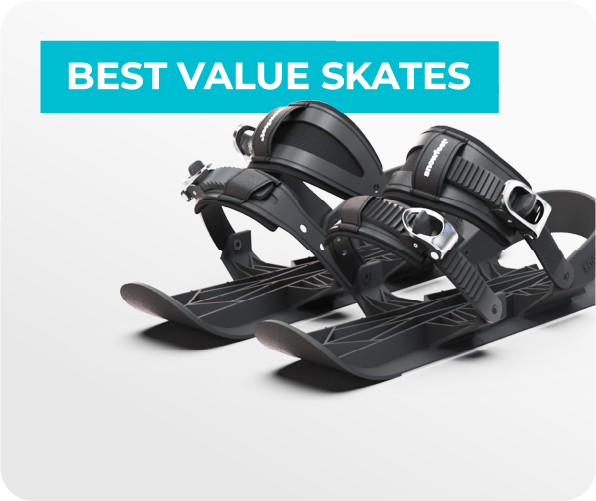
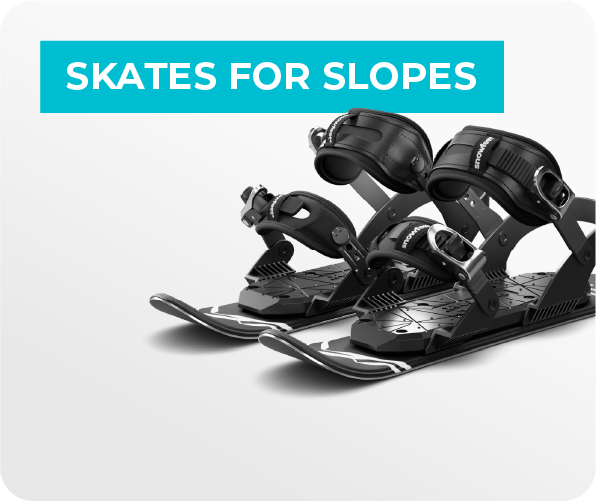
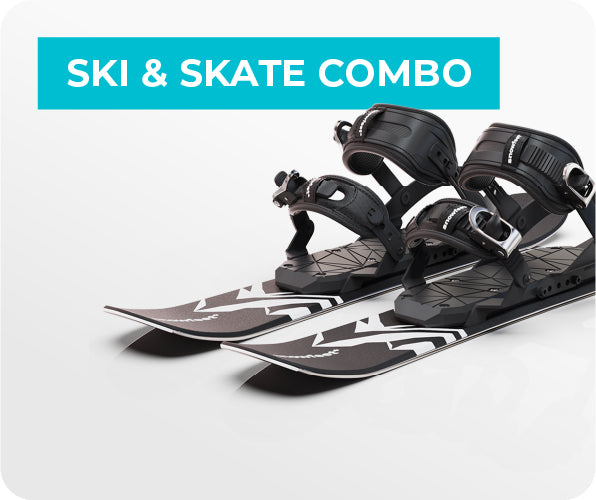
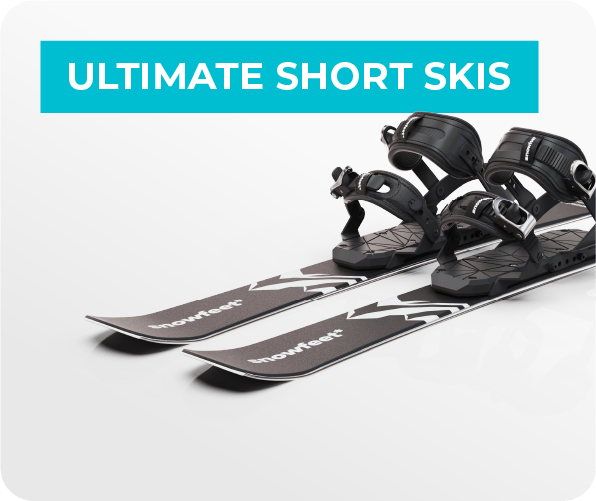
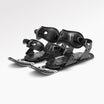
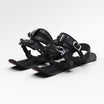
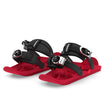
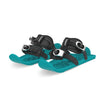
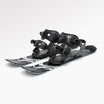
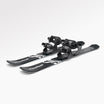
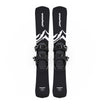

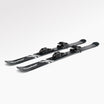
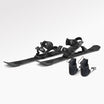
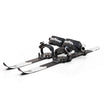
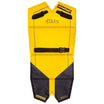
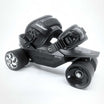
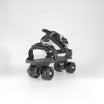
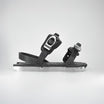
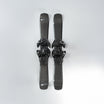


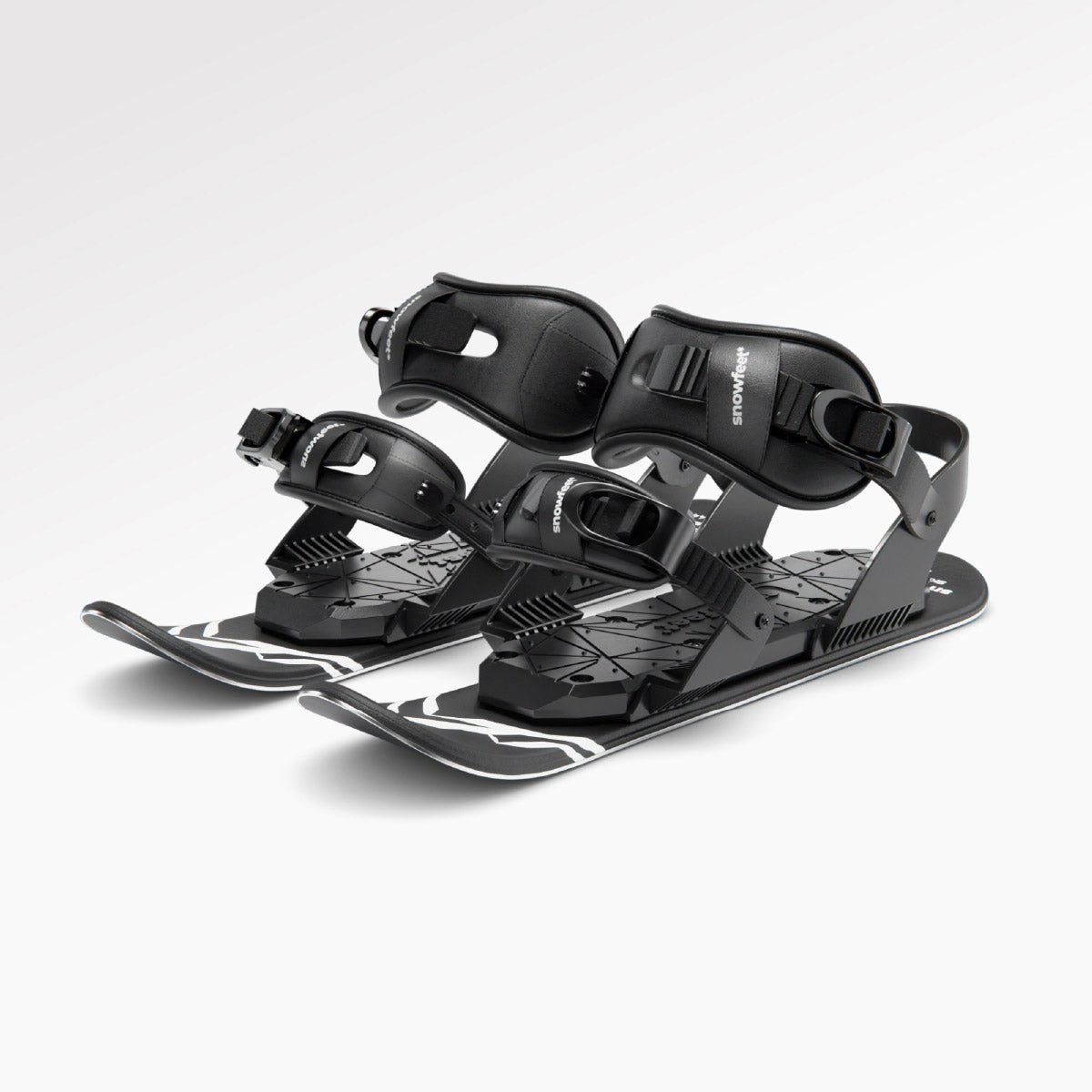
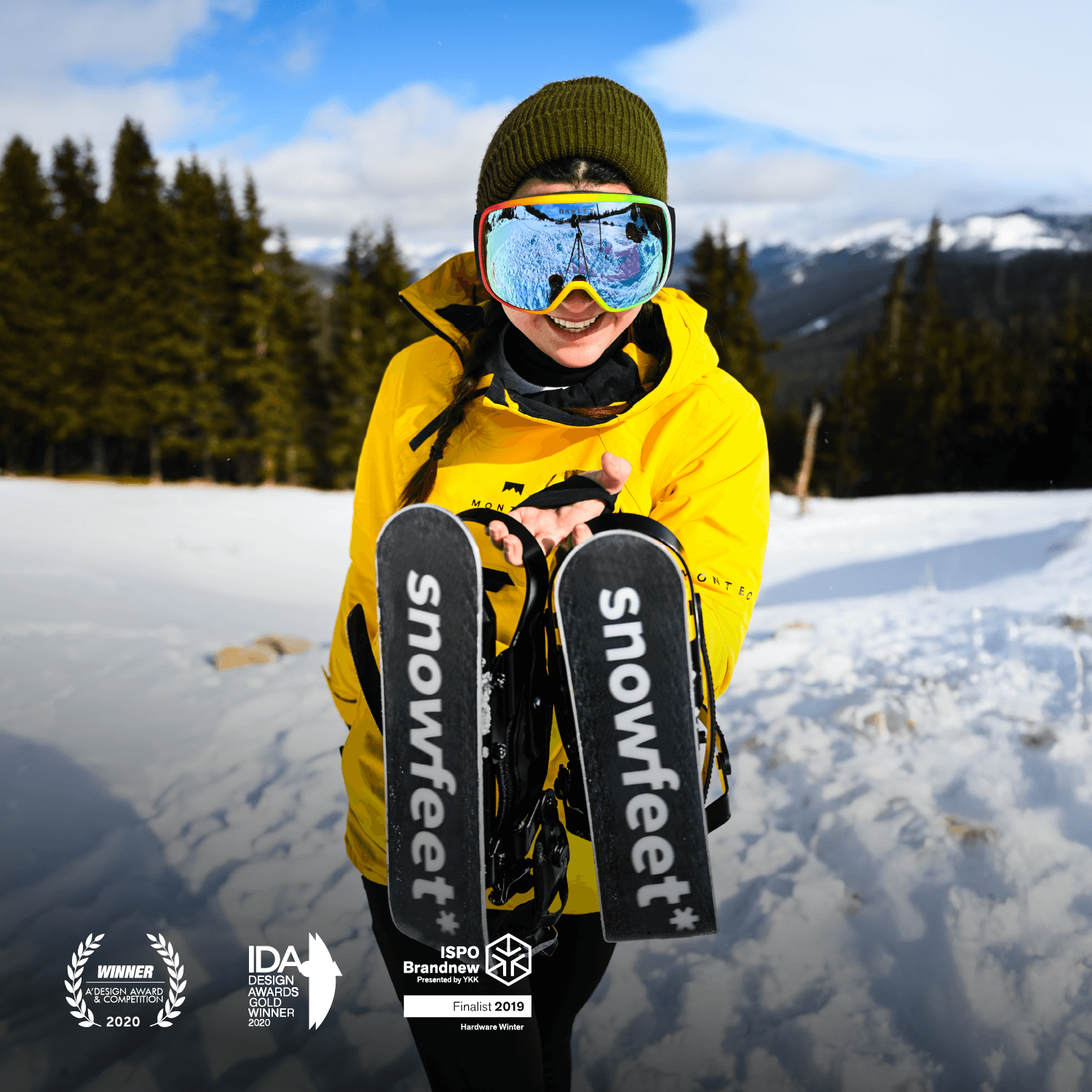
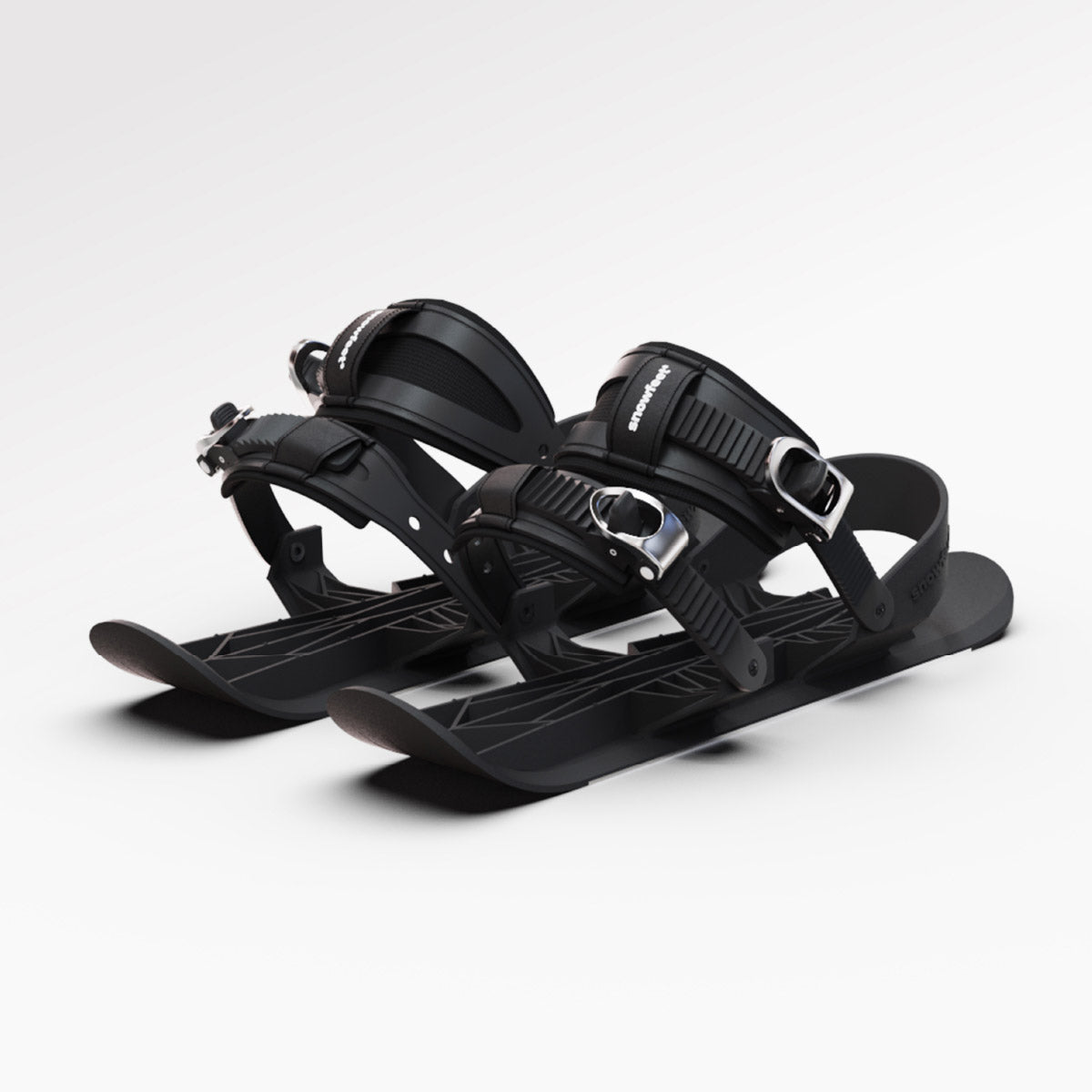

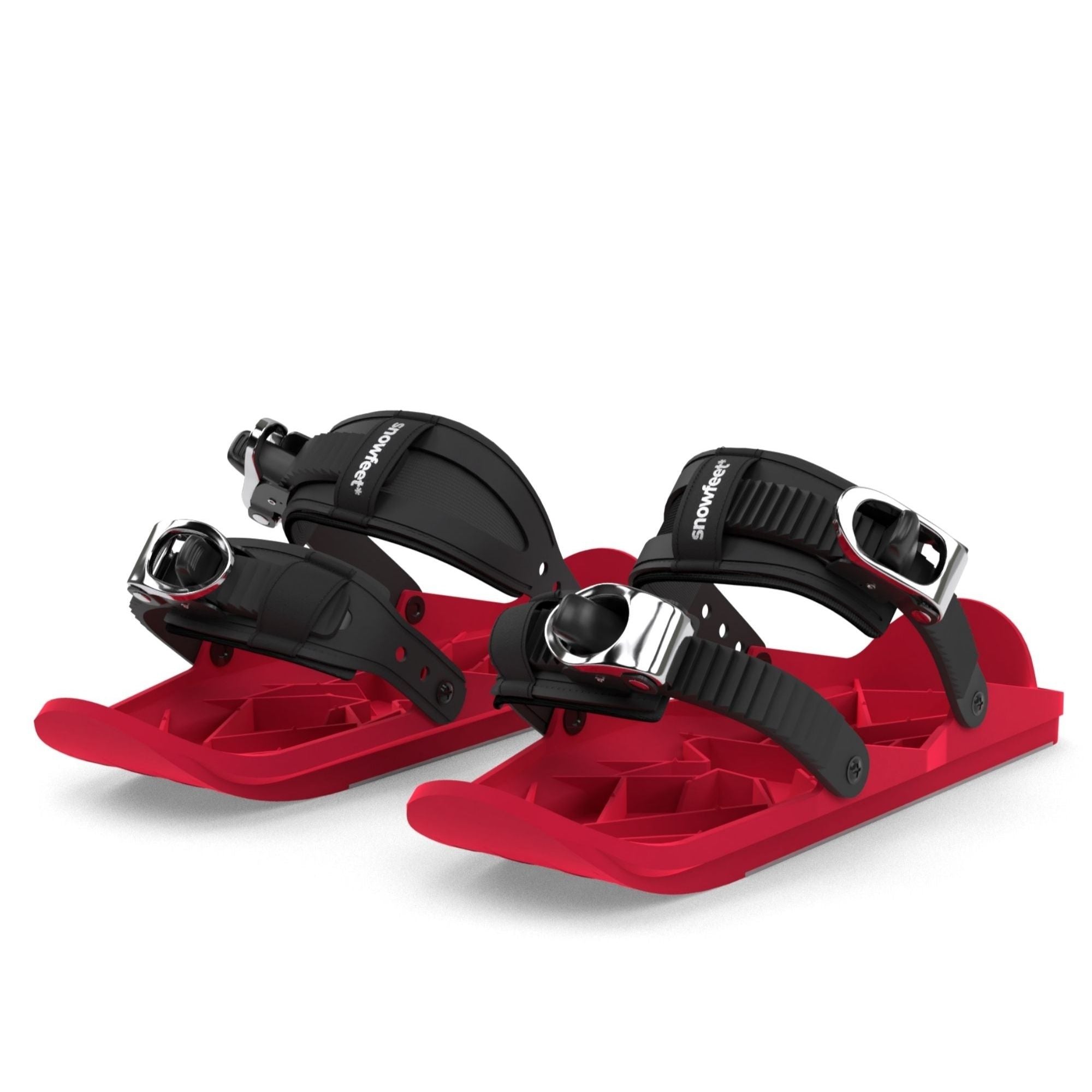
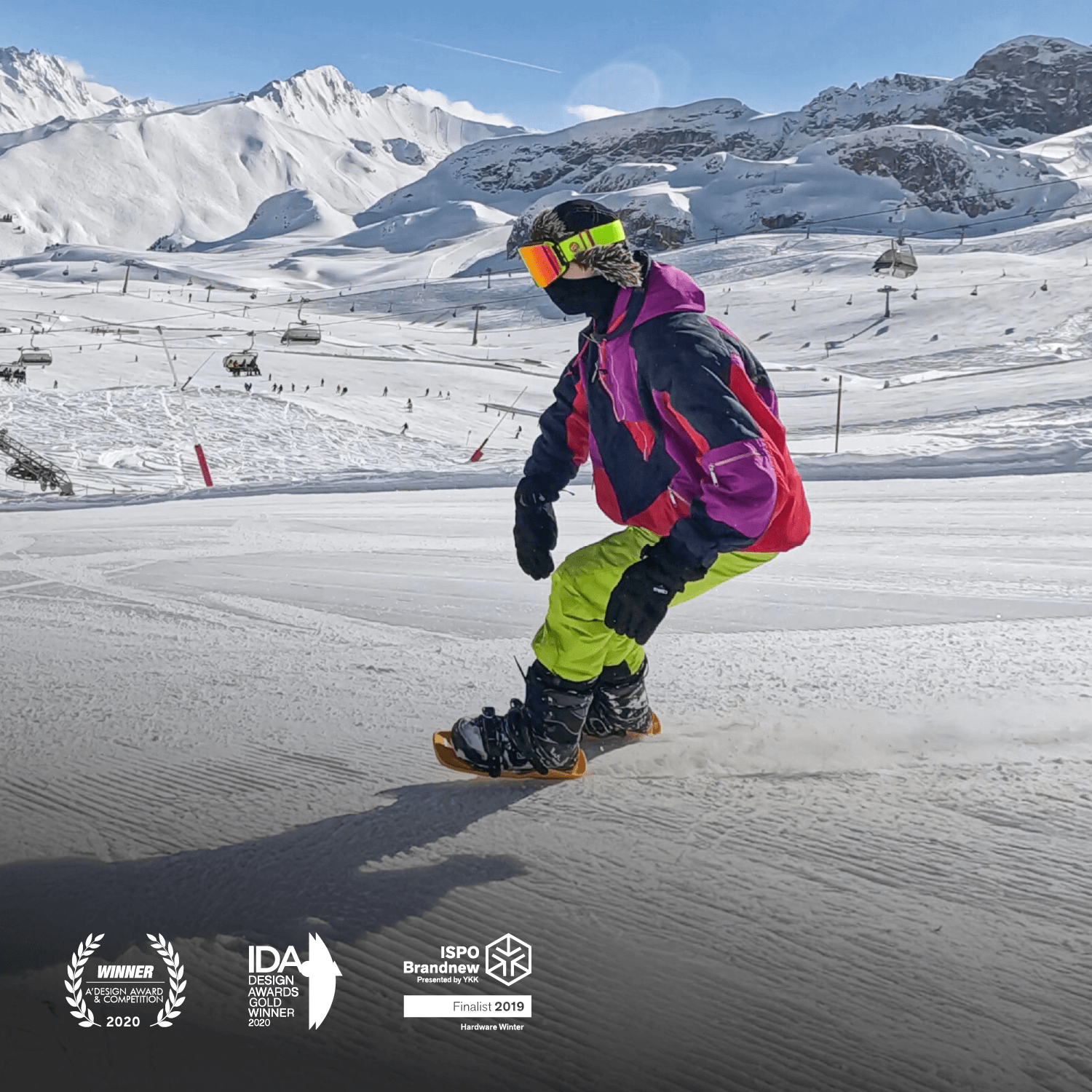

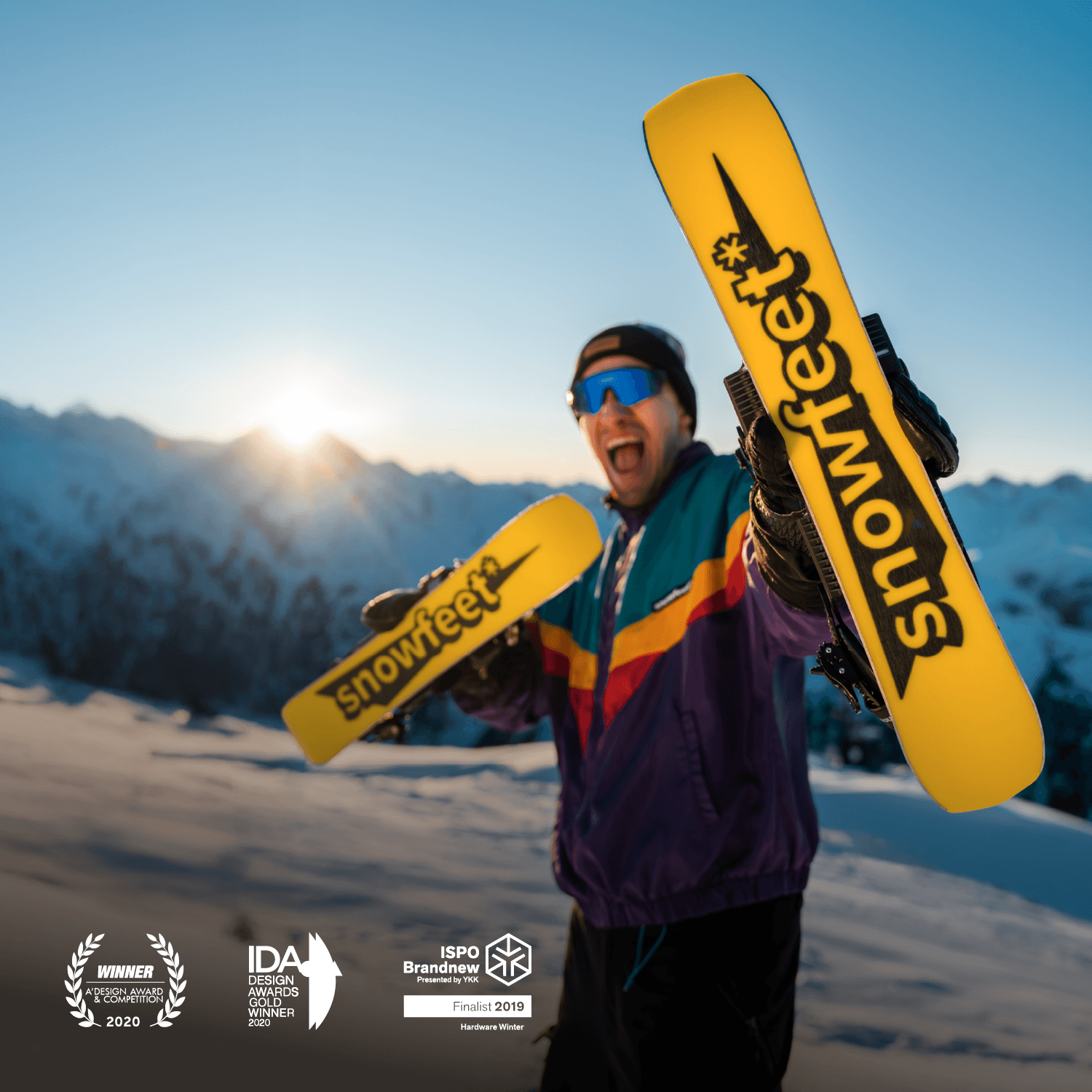
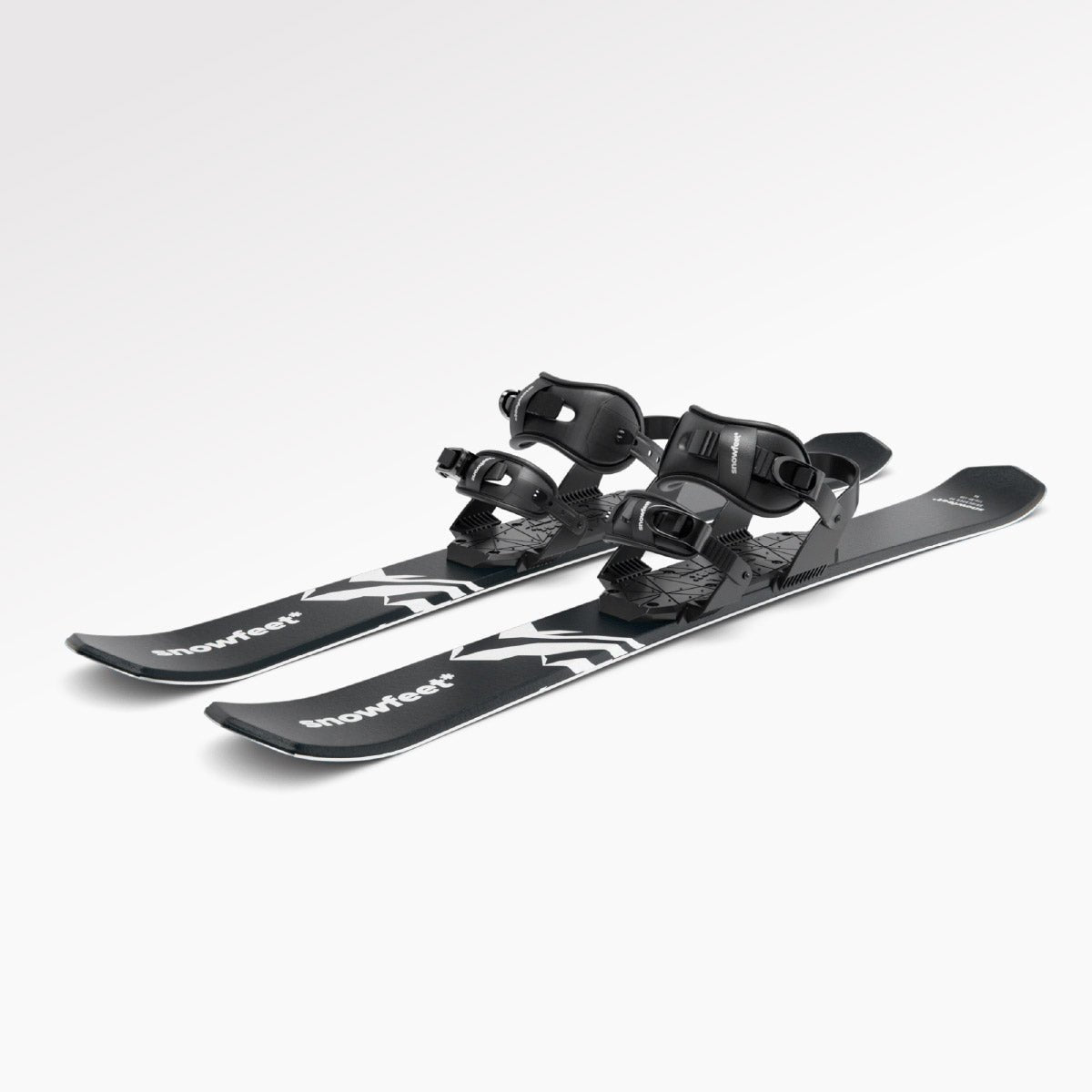
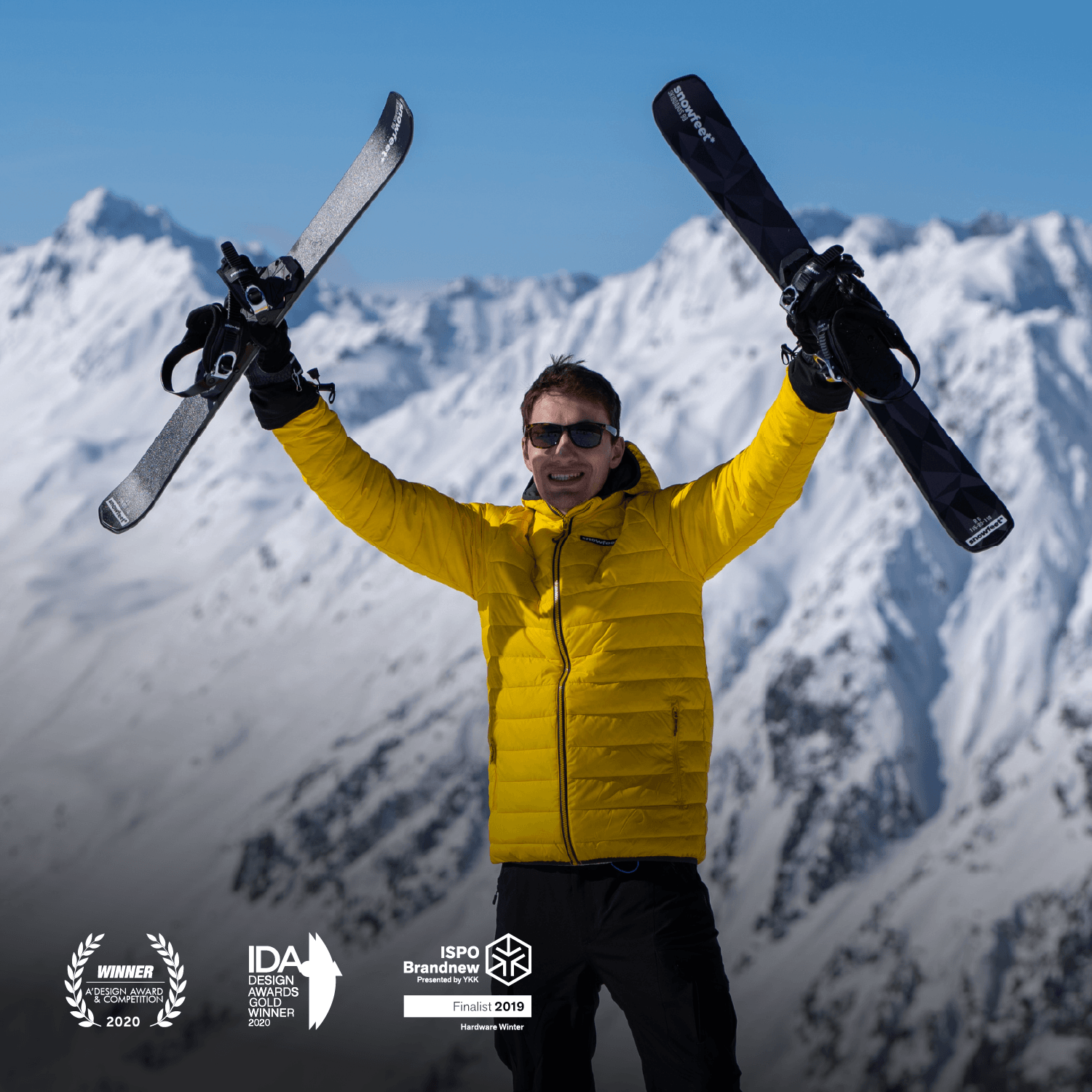
Leave a comment
This site is protected by hCaptcha and the hCaptcha Privacy Policy and Terms of Service apply.